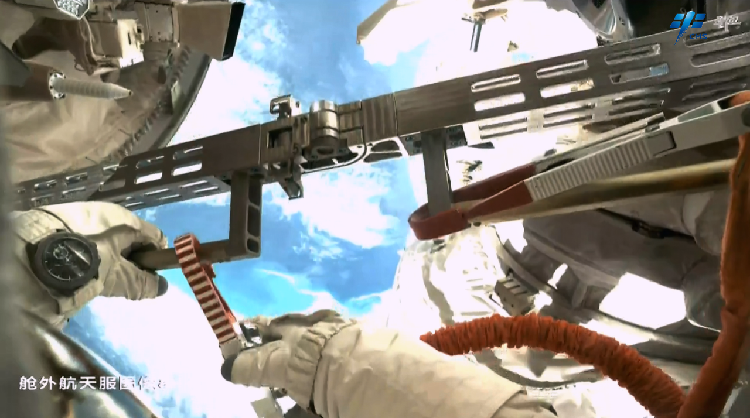Huge step for space travel 😍
Stirling engine is basically a steam device, isn’t it? What benefits does that have over something like a radioisotope power?
They can now do steampunk space adventures as well as cyberpunk space adventures.
I remember one guy screaming at me once about how the steampunk is impossible because the materials would not withstand the steam pressure, and i was like “do you know how the electricity is generated?”
Reminds me of when people say they don’t like fantasy or sci-fi because it’s unrealistic. So they read Tom Clancy instead.
Stirling engine is basically a steam device, isn’t it?
No, stirling engines do not involve steam. They convert a temperature differential into mechanical energy by using the expansion and contraction of a gas to move a mechanism which displaces the gas from the hot side to the cold side and back. See https://en.wikipedia.org/wiki/Stirling_cycle and https://www.stirlingengine.com/animations/ for details.
When the temperature differential comes from burning fuel, the stirling engine is sometimes called an “external combustion engine”.
What benefits does that have over something like a radioisotope power?
The article doesn’t appear to say what heat source this stirling-engine-in-space test actually used; i suppose it could’ve been decaying radioisotopes. RTGs (Radioisotope Thermoelectric Generators) use solid-state thermocouples which operate by https://en.wikipedia.org/wiki/Thermoelectric_effect for the same purpose (as a stirling engine connected to a generator to convert the mechanical energy into electrical energy, that is).
I think the advantage of using Stirling engines over thermocouples is that they can be substantially more efficient, but the disadvantage is that they have moving parts and are constantly going through a heating-cooling cycle so they require some maintenance (albeit not as much as an internal combustion engine).
Thanks for the rundown!
If i remember my college thermodynamics classes correctly, i believe the Stirling engine is interesting because in principle it can operate at the theoretical maximum efficiency (minus friction and other dissipative losses) which a thermodynamic system that converts heat into usable work can achieve. The disadvantage i believe is that they tend to be pretty slow and hard to scale to any practical applications.
Correct me if i’m wrong it’s been a long time.
Am I right in thinking NASA shelved research into Sterling engines more than a decade ago?
And in terms of Sterling engine tech is China pulling ahead of where NASA quit, or are they catching up still?






